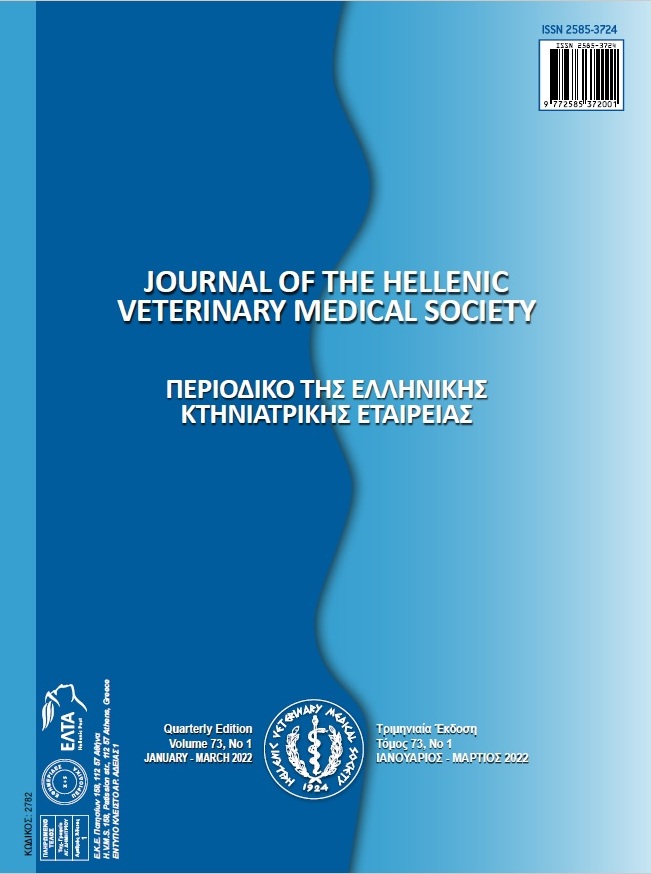The comparison between AgB-ELISA and a new method of Nano-ELISA for diagnosis of hydatidosis in sheep
Abstract
Hydatidosis is one of the most important zoonotic diseases, and it is transmitted via dogs to intermediate hosts such as humans and domestic animals including sheep and cattle. Epidemiological studies and genetic investigations indicate that the sheep strain is the most common species causing hydatid cysts in humans. The prevalence and incidence of this disease are increasing. According to surveys, economic losses due to this parasite in intermediate hosts are significant. In this survey, 25 serum samples were obtained from newborn lambs as negative control and obtained 25 serum samples from infected sheep to hydatidosis as the positive control. Antigen B isolated from hydatid cysts fluid was used for designing ELISA methods. Using Antigen B in ELISA design for hydatidosis diagnosis has attracted researchers in recent years. During this study, an Iranian native B antigen was used to design the specific detection of hydatidosis in sheep using a specific ELISA technique. The first method used the anti-Sheep conjugate (SIGMA, at 1:3000 dilution), and the second method used gold nanoparticles in combination with anti-sheep conjugate. According to the results, sensitivity and specificity in sheep of the AgB-ELISA method were both 92% and for the Nano-ELISA with Gold Nanoparticles 100% and 96%, respectively. Moreover, results indicated that using Antigen B in ELISA design is valuable but specificity and sensitivity will increase significantly, especially in lower titer, when gold nanoparticles with anti-sheep conjugate are used.
Article Details
- Zitationsvorschlag
-
Shirazi, S., Hoghooghi-Rad, N., & Madani, R. (2022). The comparison between AgB-ELISA and a new method of Nano-ELISA for diagnosis of hydatidosis in sheep. Journal of the Hellenic Veterinary Medical Society, 73(1), 3629–3634. https://doi.org/10.12681/jhvms.25348
- Ausgabe
- Bd. 73 Nr. 1 (2022)
- Rubrik
- Research Articles

Dieses Werk steht unter der Lizenz Creative Commons Namensnennung - Nicht-kommerziell 4.0 International.
Authors who publish with this journal agree to the following terms:
· Authors retain copyright and grant the journal right of first publication with the work simultaneously licensed under a Creative Commons Attribution Non-Commercial License that allows others to share the work with an acknowledgement of the work's authorship and initial publication in this journal.
· Authors are able to enter into separate, additional contractual arrangements for the non-exclusive distribution of the journal's published version of the work (e.g. post it to an institutional repository or publish it in a book), with an acknowledgement of its initial publication in this journal.
· Authors are permitted and encouraged to post their work online (preferably in institutional repositories or on their website) prior to and during the submission process, as it can lead to productive exchanges, as well as earlier and greater citation of published work.



